Family: Noctuidae. Subfamily: Catocalinae
or: Family: Erebidae. Subfamily: Erebinae
 © BluTuna
© BluTunaGarden in Johannesburg
Description
It has a wingspan reaching 75–100 mm. Long-winged brown moth with white and dark lines and eyespots. The uppersides of the wings are brown, with a yellowish band crossing all the wings and a large eyespot on the forewings.
Distribution
Widespread and common in Subsaharan Africa: Botswana, Cameroon, Chad, DR Congo, Egypt, Eritrea, Ethiopia, Ghana, Guinea, Kenya, Madagascar, Malawi, Mozambique, Namibia, Niger, Nigeria, Rwanda, Somalia, South Africa, Sudan, Tanzania, Uganda, Zambia, Zimbabwe.
Habitat
Commonly seen in and around houses.
Biology
Very timid, easily scared. Flies low to the ground.
The larvae feed on Acacia species.
Eyespots
Eyespot patterns evolved in response to selective pressures and it has long been assumed that eyespots function in interspecific encounters, conferring protection from predators.
The two foremost hypotheses for the antipredator utility of eyespots are:
(1) that eyespots intimidate predators, by suggesting the appearance of the predator’s own enemies, allowing the prey to flee (the ‘intimidation hypothesis’)
(2) that eyespots draw the attacks of predators to non-vital regions of the body (the ‘deflection hypothesis’;
In the case of the intimidation hypothesis, an alternative suggestion to eye mimicry is that eyespots intimidate predators since they are highly conspicuous and contrasting features, appealing to the predators’ visual and psychological systems (the ‘conspicuous signal hypothesis’). Larger, more-or-less centrally placed eyespots may function in intimidation, whilst smaller, peripheral spots may be more effective in deflection.
Links: African Moths
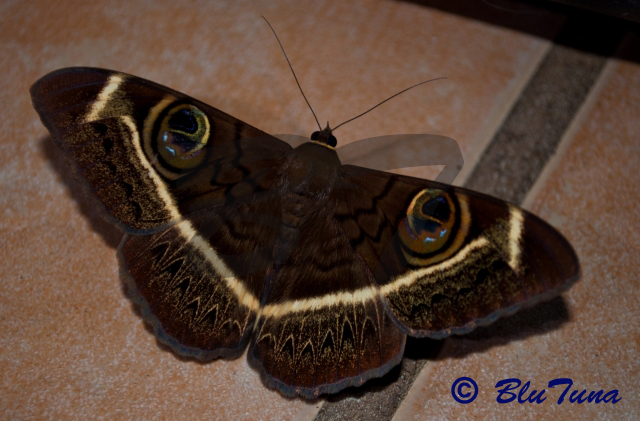
Kruger National Park
 © Hawkeyes
© HawkeyesJozini dam, KwaZulu-Natal
 © nan
© nanKruger National Park
 © Flutterby
© Flutterby


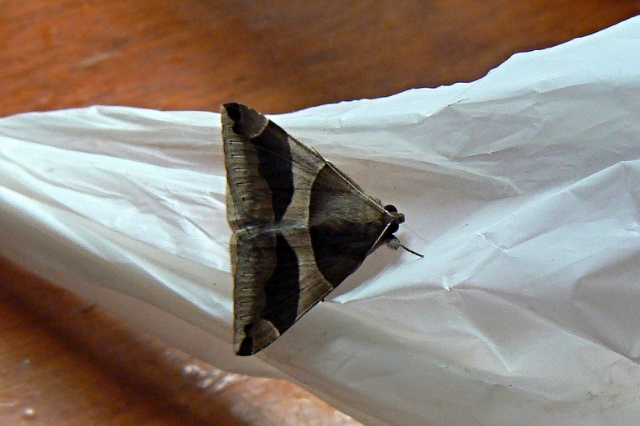
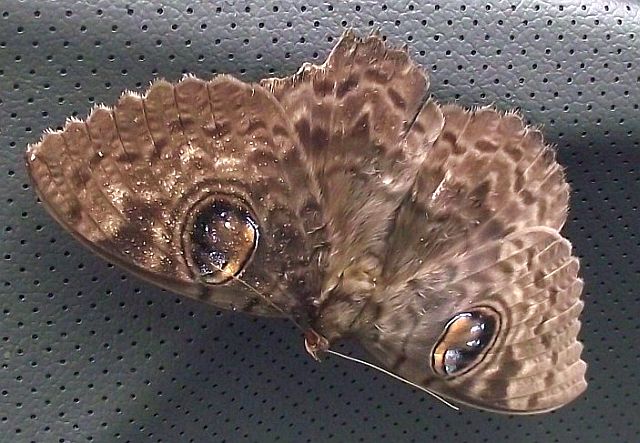 © mposthumus
© mposthumus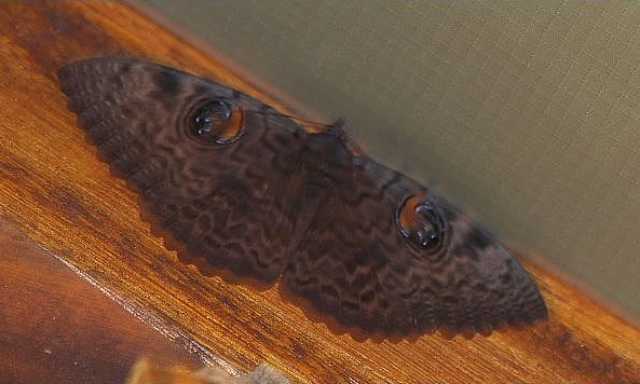 © Duke
© Duke
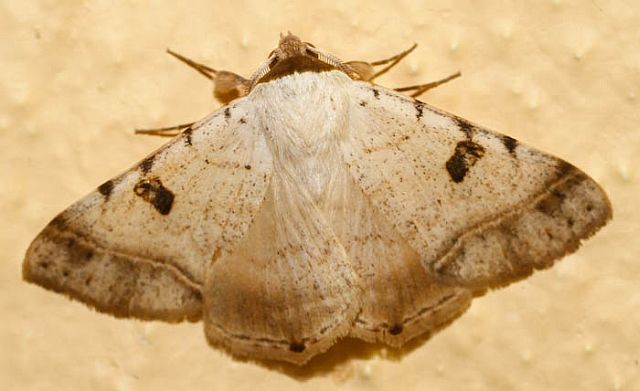 © Super Mongoose
© Super Mongoose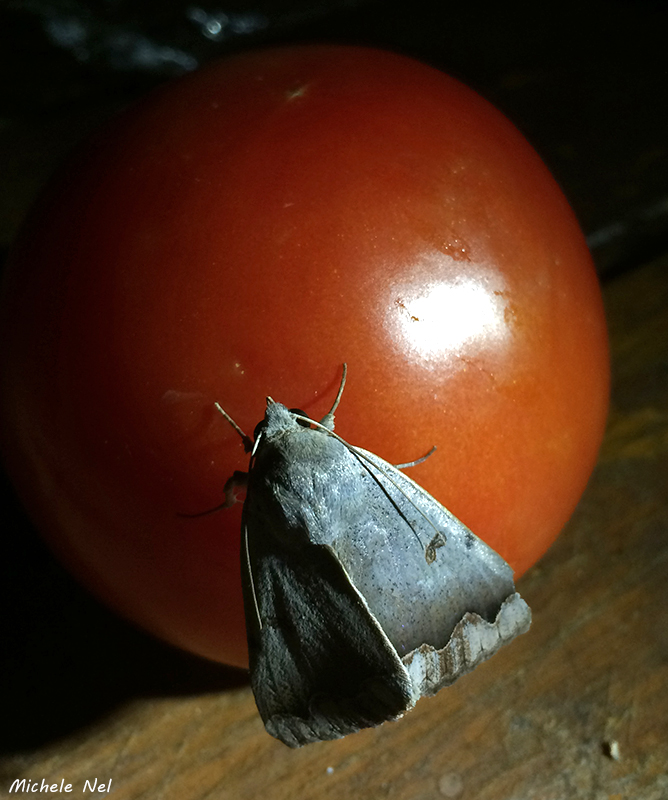 © Michele Nel
© Michele Nel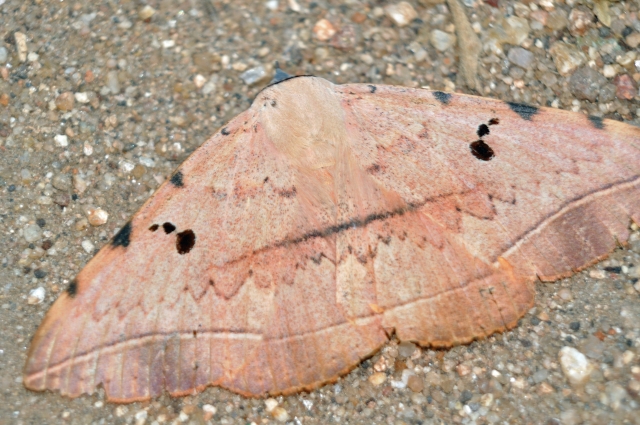 © BluTuna
© BluTuna © wynand
© wynand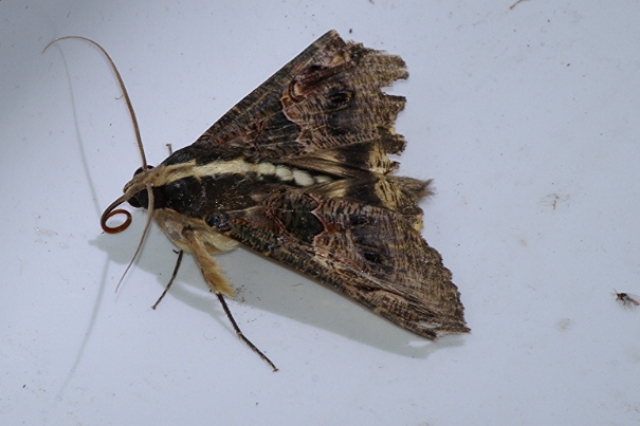 © Tina
© Tina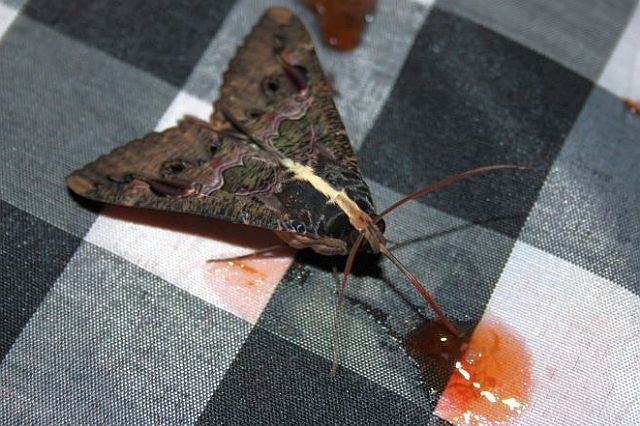 © harrys
© harrys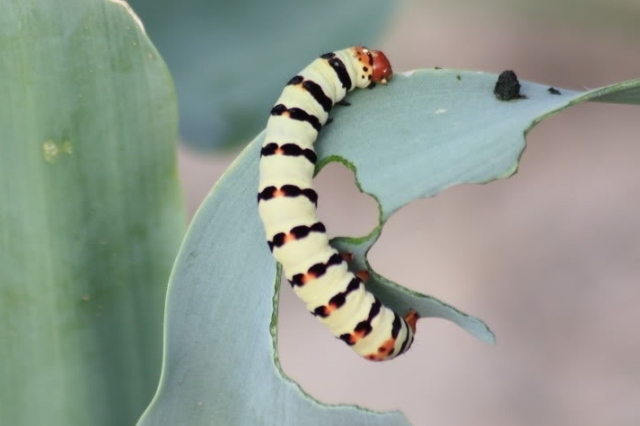 © General Gump
© General Gump